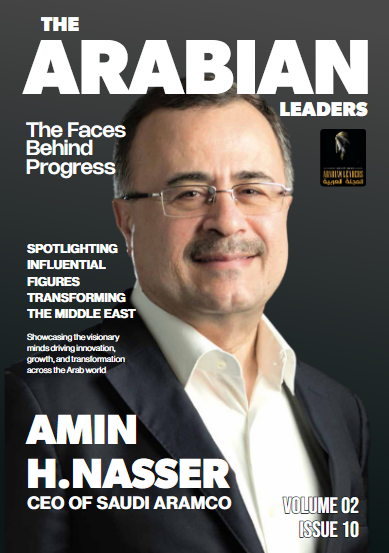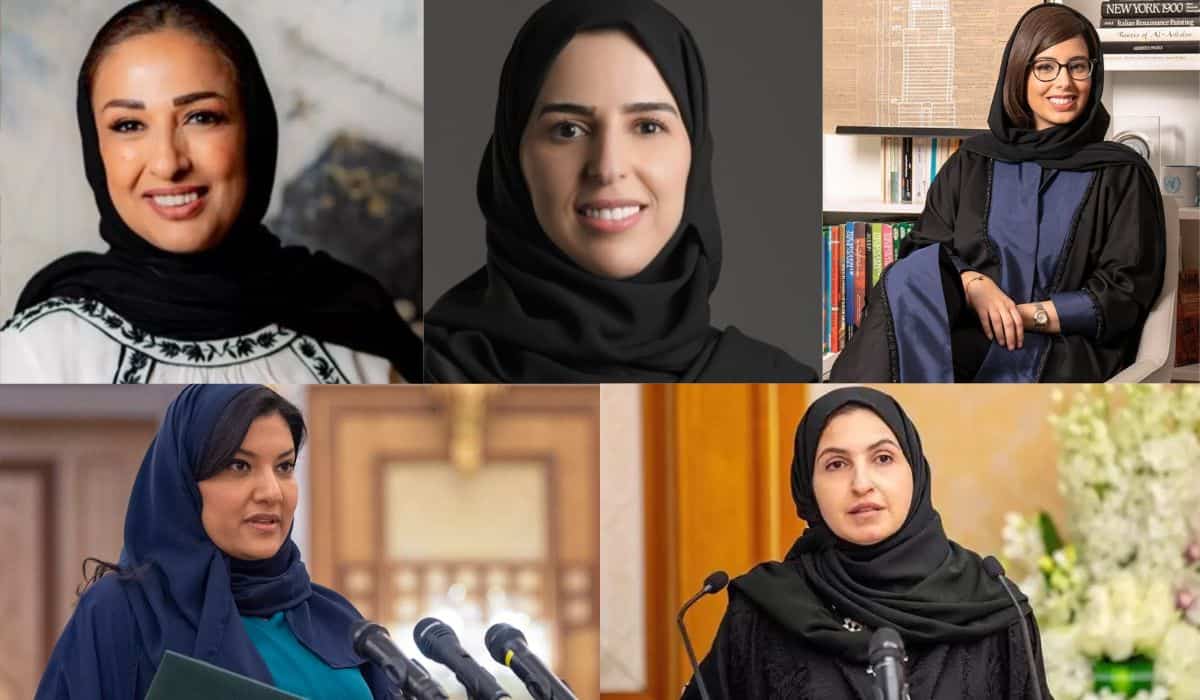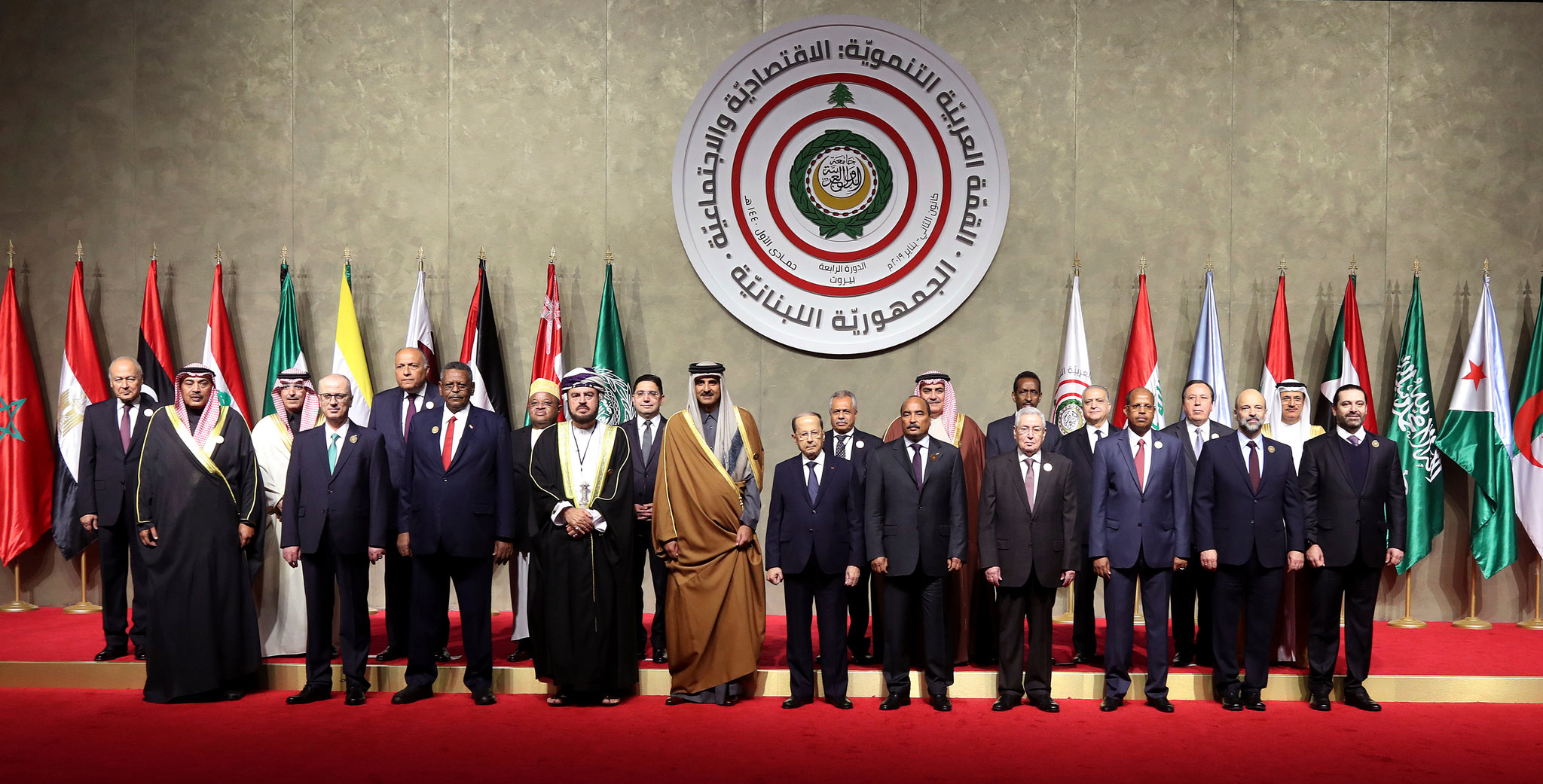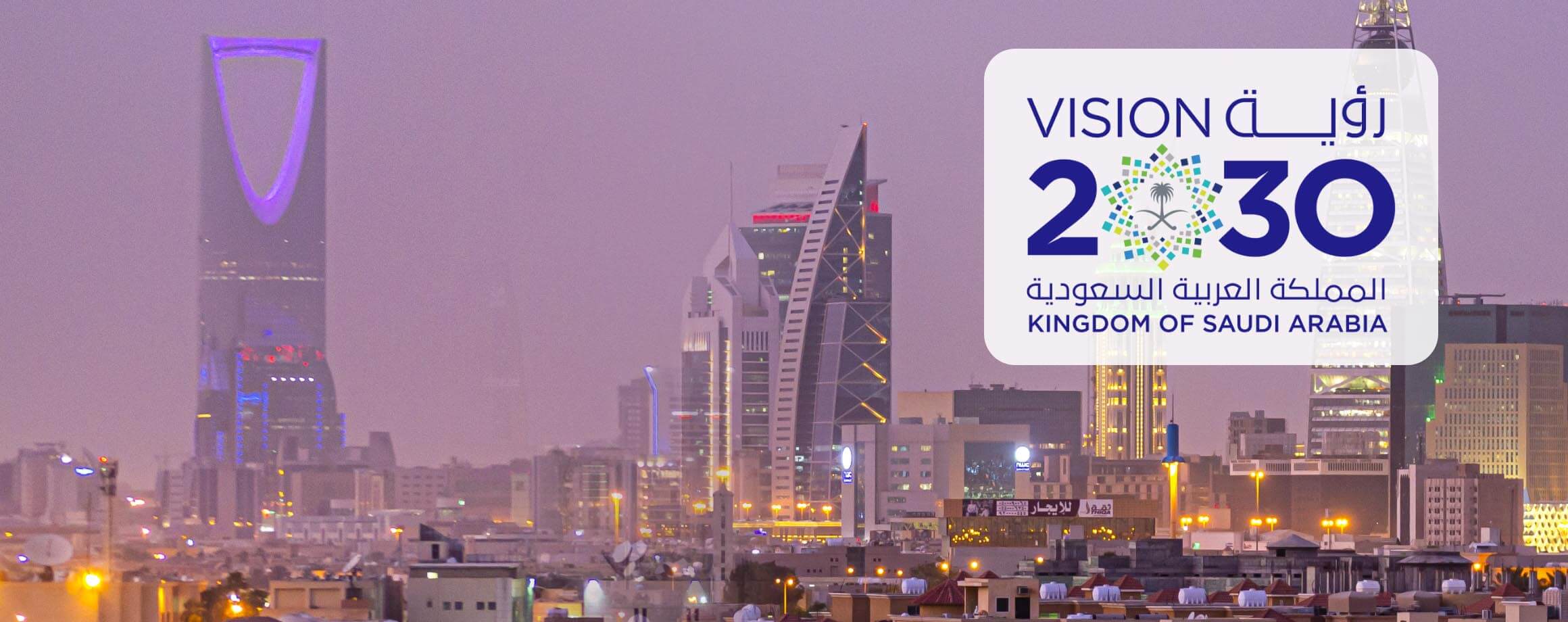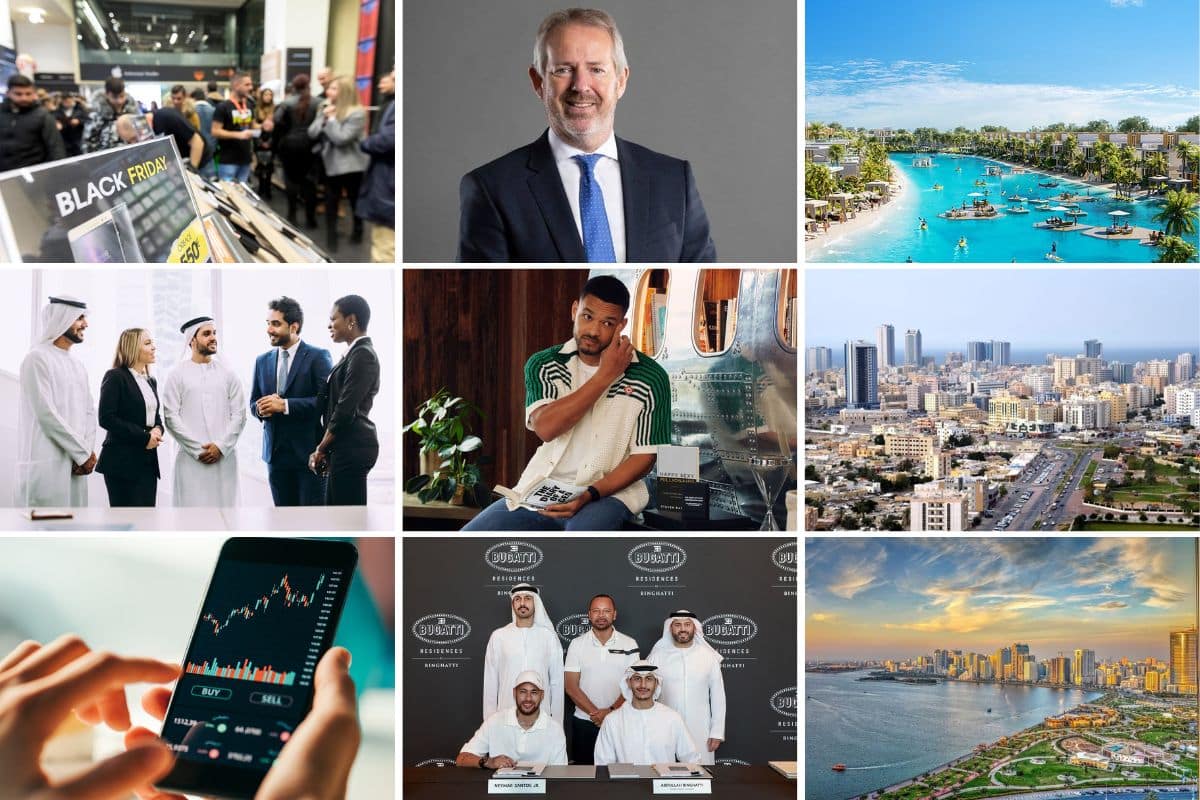In a global investment landscape increasingly shaped by geopolitical shifts, technological disruption, and economic diversification, sovereign wealth funds (SWFs) have emerged as key instruments of national strategy. Yet among the world’s leading SWFs, one name stands out—not just for its size or ambition, but for its transformative approach: Saudi Arabia’s Public Investment Fund (PIF).
While legacy funds like Norway’s Government Pension Fund Global (NBIM) and Singapore’s Temasek Holdings have historically dominated conversations around sovereign wealth, PIF has emerged as a disruptive and strategic force, blending traditional financial goals with bold state-led transformation initiatives.
Under the visionary leadership of Crown Prince Mohammed bin Salman, who serves as PIF’s Chairman, the fund has evolved from a passive investment entity into a dynamic global investor and architect of Saudi Arabia’s Vision 2030. The mission is no longer just wealth preservation—it’s national reinvention.
A Paradigm Shift in Sovereign Strategy
Traditional sovereign wealth funds were primarily built around surplus management and long-term financial returns. Norway’s NBIM, the world’s largest SWF, is deeply conservative—investing heavily in equities and fixed income, with clear ethical guidelines and little involvement in domestic development.
Temasek Holdings, though more flexible, operates as a quasi-private equity firm, with emphasis on portfolio balance and risk-adjusted return.
PIF, in contrast, has redefined the role of a SWF as a national transformation engine.
Key differentiators in PIF’s model include:
- Strategic domestic investments in tourism, energy, infrastructure, and tech to diversify the Saudi economy
- Global investments that open economic corridors and build influence (Uber, Lucid, Newcastle United, etc.)
- State alignment with Vision 2030, acting as both financier and operator of mega-projects
- Sector creation, not just sector investment—pioneering entire industries from scratch
This multi-pronged strategy turns PIF into a hybrid model—part venture capitalist, part PE firm, part national development bank, and part geopolitical tool.
Capital Firepower and Growth Trajectory
Established in 1971, PIF remained relatively modest in scale until its transformation began in earnest in the mid-2010s. Today, its growth trajectory is one of the most aggressive among all SWFs.
Key milestones:
- Assets under management (AUM) grew from $150 billion in 2015 to over $700 billion by 2025, with ambitions to surpass $1 trillion by 2030.
- Dozens of wholly owned companies and hundreds of international stakes.
- Strategic anchor in Vision 2030 projects like NEOM, Qiddiya, Red Sea Global, and Diriyah Gate.
- Creation of 13 strategic sectors for long-term development, ranging from clean energy to biotech, sports, tourism, and AI.
Unlike many SWFs that seek financial alpha only, PIF seeks economic alpha—measured by job creation, GDP contribution, technological localization, and global influence.
Domestic Development: The Investment Arm of Vision 2030
One of PIF’s boldest moves is acting as the primary investment vehicle for Vision 2030—the Kingdom’s comprehensive plan to diversify away from oil dependency.
This makes it fundamentally different from Norway’s fund, which is strictly barred from investing in Norway, or Temasek, which maintains a balance between domestic and international assets.
Key domestic impact areas include:
- Tourism: Creating a luxury tourism ecosystem through investments in Red Sea Global, AMAALA, and cruise terminals.
- Entertainment: Building the Saudi leisure economy through SEVEN, cinemas, and sports facilities.
- Housing and real estate: Massive urban development through Roshn, King Salman Park, and Riyadh infrastructure expansion.
- Tech and innovation: Supporting local AI startups, smart cities, and digital infrastructure.
PIF is essentially engineering new demand, not just responding to it. This proactive investment model is rarely seen in SWFs, setting a new global benchmark.
International Ambitions and Strategic Acquisitions
While domestic transformation is a core pillar, PIF’s global portfolio is equally aggressive and calculated. Its investments are designed to generate financial returns and extend Saudi Arabia’s geopolitical and economic influence.
Key international plays include:
- Uber: Gave Saudi Arabia early exposure to mobility disruption and digital platforms.
- Lucid Motors: Positioned the Kingdom as a global EV manufacturing hub.
- Newcastle United FC: Elevated Saudi Arabia’s soft power through Premier League influence.
- SoftBank Vision Fund: Provided access to cutting-edge startups across AI, robotics, and medtech.
- Stakes in Disney, Meta, Google, and PayPal: Quiet participation in global tech.
Unlike Norway’s fund, which follows strict ethical investing policies and transparency protocols, PIF takes calculated strategic bets, often in sectors or geographies deemed “unconventional” by peers.
Governance, Structure, and Talent Strategy
PIF’s structure is robust and fast-evolving to match its ambitious mandate.
Governance Features:
- Board chaired by Crown Prince Mohammed bin Salman
- Strategy aligned with the Council of Economic and Development Affairs (CEDA)
- Multiple specialized subsidiaries (e.g., Red Sea Global, SEVEN, ROSHN)
- Public Investment Fund Program (PIFP) to formalize long-term sectoral goals
On the human capital side, PIF is attracting global financial and operational talent, while nurturing local executives to lead next-generation Saudi enterprises. The fund has become a national employer of choice, competing with global investment banks and tech firms in attracting top minds.
Risk Appetite and Portfolio Flexibility
In contrast to Norway’s cautious approach and Temasek’s portfolio optimization model, PIF embraces calculated risk. It ventures into early-stage technologies, unproven sectors, and emerging markets, with the belief that being first is a competitive advantage.
For example:
- Investing in futuristic city projects like THE LINE, before global consensus forms.
- Backing AI and data infrastructure while regulatory frameworks are still forming.
- Owning football clubs and sports ventures for soft power, even when returns are long-tail.
This flexibility and boldness enables PIF to shape new markets, not just enter them.
Soft Power and Economic Diplomacy
Beyond economics, PIF has become a pillar of Saudi Arabia’s international identity. Through high-profile international deals and partnerships, it serves as:
- A bridge between East and West (investing in both China and the U.S.)
- A lever for soft power through sports and culture (F1, LIV Golf, film)
- A magnet for FDI and tech transfer
This makes PIF more than a fund—it is a strategic diplomatic tool, shaping the global narrative around Saudi Arabia’s future.
Conclusion: PIF as the Blueprint for 21st Century SWFs
PIF has turned the conventional sovereign wealth model on its head.
It does not exist simply to generate passive returns or stabilize budgets. It exists to create new industries, reshape national identity, and position Saudi Arabia at the heart of the global future.
While NBIM represents prudent stewardship and Temasek represents balanced state capitalism, PIF represents transformational ambition. It blends financial engineering with nation-building. It fuses geopolitical vision with operational capability. And it redefines what’s possible when capital is deployed not just for preservation—but for progress.
For emerging nations, PIF is a blueprint. For established players, it is a challenge. And for the Kingdom, it is a catalyst without precedent.



